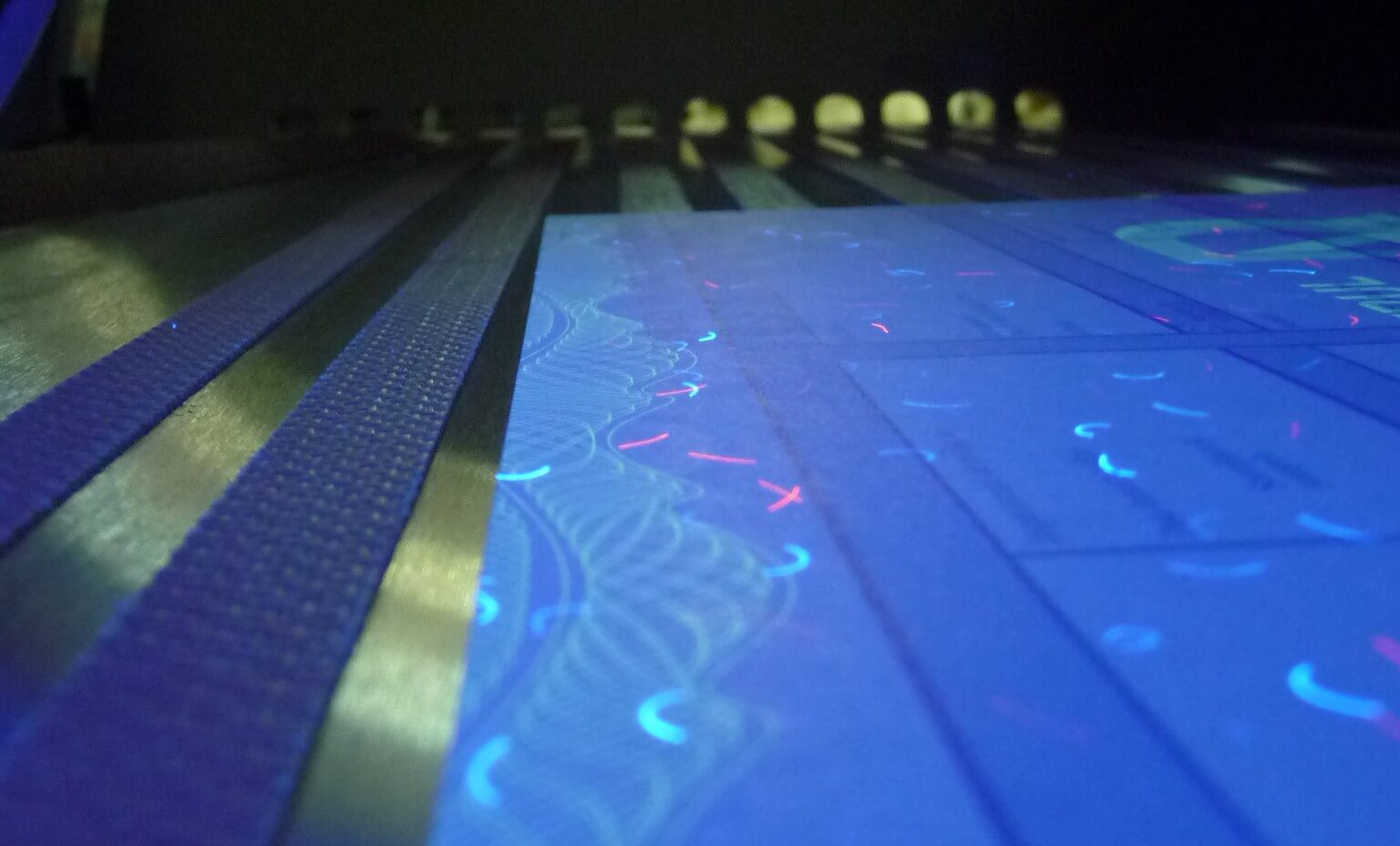In the realm of creating stunning photography books, the choice of printing technique is crucial to ensure the final product reflects the quality and richness of the captured images. One of the most popular methods employed for this purpose is offset printing. This method, renowned for its ability to deliver high-quality prints, is a preferred choice for many publishers and photographers alike.
When considering offset printing for photography books, it’s essential to understand why this method stands out. From its ability to handle large print runs to its exceptional color reproduction capabilities, offset printing offers numerous advantages that make it ideal for photography books.

What is Offset Printing?
Offset printing is a widely used printing technique where the inked image is transferred (or ‘offset’) from a plate to a rubber blanket and then to the printing surface. This method is especially effective for producing large volumes of high-quality prints, such as photography books.
Advantages of Offset Printing for Photography Books
There are several reasons why offset printing is a favored method for producing photography books:
High Image Quality
One of the primary benefits of offset printing is its ability to produce sharp and clean images. The high-quality results are due to the advanced technology used in the process, which allows for precise color reproduction and fine detail.
Cost-Effective for Large Volumes
When it comes to large print runs, offset printing is more cost-effective compared to other methods like digital printing. This makes it an excellent choice for publishing photography books that are intended for wide distribution.
Versatile Paper Options
Offset printing offers a wide range of paper choices, allowing photographers and publishers to select the best paper type that suits the books aesthetic and functional needs. This versatility is crucial in achieving the desired look and feel of a photography book.
Offset Printing vs. Other Printing Methods
While offset printing is highly effective, it’s important to understand how it compares to other methods:
Offset Printing vs. Digital Printing
While digital printing offers convenience and flexibility, especially for short runs, offset printing remains superior in terms of image quality and cost-effectiveness for large volumes. For a deeper understanding of these differences, you can refer to this external resource.
Offset Printing vs. Flexo Printing
Flexographic printing, commonly used for packaging, differs from offset printing in its suitability for photography books. Offset provides better color accuracy and quality, making it the preferred choice for high-end photo publications. For a detailed comparison, see this comparison of offset and flexo printing.
Applications of Offset Printing in Photography Books
The use of offset printing in photography books extends beyond just image reproduction. It also plays a crucial role in enhancing the overall aesthetic of the book.
Rich Color Reproduction
One of the standout features of offset printing is its ability to reproduce colors with exceptional accuracy. This is particularly important for photography books, where color fidelity is paramount.
Durability and Longevity
The quality of materials used in offset printing ensures that photography books are not only visually appealing but also durable. This longevity is vital for books that are meant to be cherished as keepsakes or used frequently.
Customizable Design Options
With offset printing, publishers have the flexibility to incorporate various design elements such as embossing, foil stamping, and more, adding to the uniqueness of photography books.
Environmental Considerations
As the world becomes more eco-conscious, the environmental impact of offset printing is an important consideration. Fortunately, modern offset printing practices have evolved to include eco-friendly inks and sustainable paper sources. Learn more about sustainable practices in offset printing from this eco-conscious printing guide.
Choosing the Right Offset Printing Service
Selecting the right printing service is crucial for ensuring the success of a photography book project. Here are some factors to consider:
Experience and Expertise
Look for printing services with a proven track record in producing high-quality photography books. Their expertise can greatly influence the final outcome of your project.
Technology and Equipment
Ensure that the printing service uses state-of-the-art equipment and technology. This ensures that your photography book benefits from the latest advancements in offset printing.
Customer Service
Good customer service is essential. A printing service that communicates effectively and responds promptly to queries can make the printing process smooth and hassle-free.
Conclusion
In conclusion, offset printing for photography books offers numerous benefits that make it an ideal choice for photographers and publishers. Its ability to produce high-quality images, cost-effectiveness for large volumes, and variety of customization options make it stand out from other printing methods. Whether you’re printing a single edition or a large run, offset printing provides the quality and versatility needed to bring your photography book to life.

FAQs
Why is offset printing preferred for photography books?
Offset printing is preferred for photography books due to its ability to produce high-quality images with accurate color reproduction, making it ideal for showcasing detailed photographs.
Is offset printing environmentally friendly?
Yes, modern offset printing practices have adopted eco-friendly inks and sustainable paper sources, making it a more environmentally conscious choice.
What factors should I consider when choosing an offset printing service?
Consider factors such as the service’s experience, technology, equipment, and customer service to ensure a successful printing project.
This article contains affiliate links. We may earn a commission at no extra cost to you.







